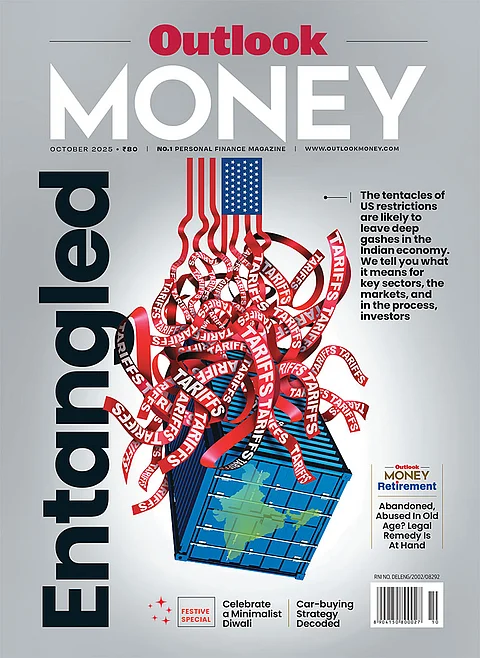There is a virtual consensus among experts that Indian stock markets are very close to a bubble territory. The retail investor is cautioned, asked to be alert and advised to stick to asset allocation and quality of stocks for investments. While these are genuine, one needs to study if the market is uniformly overvalued or the valuations have become euphoric only in certain pockets. Also, to find whether it has lost all sync with the economy.
In an interview to Fortune magazine in 2001, ace investor Warren Buffett had said that the single most important indicator he follows for long-term valuation of stocks was the ratio of market capitalisation to GDP. This was later termed as the ‘Buffett Indicator’. For the US, the Buffett Indicator stands at 230 per cent and it changes every day. This is 85 per cent above the historical average, suggesting that the market is ‘strongly overvalued’. This has a backdrop of very low interest rates, which are obviously doctored.
In the developed economies of Europe, the figures are equally mind-boggling. Barring the UK and Germany, countries like France, Netherlands, Switzerland and Sweden show an almost all-time high Buffett Indicator ratio.
China at 68 and India at 105 seem rightly valued or undervalued. If we add the assets of the central bank to the denominator GDP figure, the Buffett ratio does not look very scary. The assets of the Reserve Bank of India are around 30 per cent of the GDP, according to the RBI balance sheet. This puts the Buffett Indicator for India at 80 per cent. The balance sheet grows by 10-11 per cent annually but, last year, it grew 30 per cent on provisions needed for the pandemic. The share of the informal economy in the GDP is over 60 per cent but this has shrunk because of demonetisation and GST. The ‘unorganised’, informal economy still accounts for 80-90 per cent of the workforce.
For the MSME sector, the contribution to the GDP is not available. When we add to it the trade channels and the unorganised services sector, we realise how tough it is to calculate India’s actual GDP. In absence of any comprehensive data, we have to take a rough estimate of the contribution of the informal sector being not less than 40 per cent of the organised sector. This takes us to a GDP figure of at least $4 trillion. The Buffet Indicator for India is now 75 per cent, excluding RBI assets.
Do we then conclude that market valuations are appropriate? Three points show that they are not so in select pockets:
1. Small and micro-cap shares are going through the roof. The low liquidity and market euphoria is keeping the stocks at dizzy heights. Stocks with poor fundamentals have appreciated 100-300 per cent in the last six months.
2. There is a retail craze for IPOs and all get oversubscribed. The supply of paper has always been responsible for market correction in the past.
3. Mutual funds are creating records in schemes and are collecting astounding subscriptions.
The large-cap space is consolidating even at higher valuations. Sectors like IT, pharma, real estate and commodities are driven by structural uptrend which may last for at least a couple of years.
We can therefore conclude that the Buffett Indicator in the Indian context is reasonably placed, and has a scope to go up before reversing to mean. Some areas of the market look overstretched and retail investors would do well to avoid micro and story-driven small-cap shares.
The author is Founder and CEO, Arthbodh Shares and Investments







